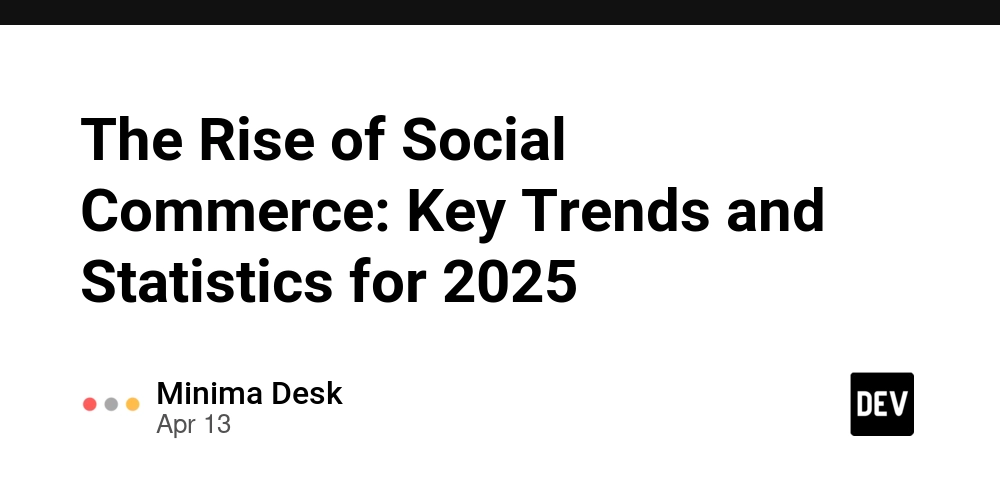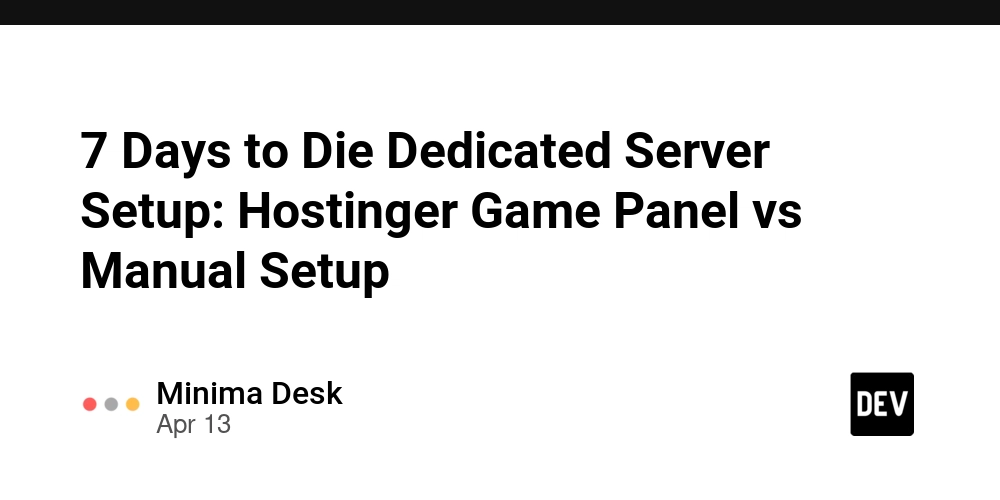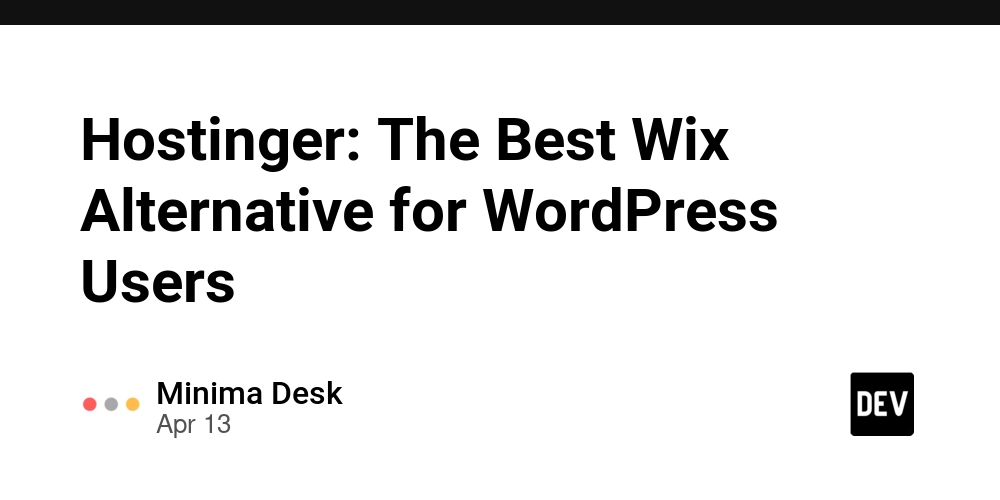Hellcat Ransomware Updated It’s Arsenal to Attack Government, Education, and Energy Sectors
A sophisticated ransomware strain known as Hellcat has emerged as a formidable threat in the cybersecurity landscape since its first appearance in mid-2024. The malware has rapidly evolved its capabilities, specifically targeting critical sectors including government agencies, educational institutions, and energy infrastructure. This group doesn’t merely encrypt data; they weaponize psychological tactics and exploit previously […] The post Hellcat Ransomware Updated It’s Arsenal to Attack Government, Education, and Energy Sectors appeared first on Cyber Security News.

A sophisticated ransomware strain known as Hellcat has emerged as a formidable threat in the cybersecurity landscape since its first appearance in mid-2024. The malware has rapidly evolved its capabilities, specifically targeting critical sectors including government agencies, educational institutions, and energy infrastructure.
This group doesn’t merely encrypt data; they weaponize psychological tactics and exploit previously unknown vulnerabilities to maximize their impact on victims’ operations and increase ransom payments.
The ransomware operates under a Ransomware-as-a-Service (RaaS) model, allowing affiliates to deploy the malware while sharing profits with its developers.
This business model has accelerated Hellcat’s proliferation across various sectors globally, with attacks continuing to increase in sophistication.
The group employs double extortion tactics, exfiltrating sensitive data prior to encryption and threatening public disclosure if ransom demands remain unpaid.
Broadcom researchers identified Hellcat’s advanced exploitation capabilities, noting its successful leverage of zero-day vulnerabilities, including a recent one in Atlassian Jira, to gain initial foothold in target environments.
Their analysis revealed that Hellcat has demonstrated remarkable ability to bypass traditional security controls through a multi-stage attack approach, employing reflective code loading techniques to execute malicious code directly in memory, effectively evading detection by file-based security solutions.
The impact of Hellcat has been particularly severe across multiple entities in various industries, making them a serious threat to global organizations.
Security professionals have observed a concerning trend of increasingly targeted attacks against critical infrastructure, suggesting that the group’s tactics are becoming more refined and their target selection more strategic.
Infection Chain and Persistence Mechanisms
Hellcat’s attack chain begins with initial access through spear phishing emails containing malicious attachments or by exploiting public-facing applications, often leveraging zero-day vulnerabilities.
.webp)
Upon successful compromise, the attackers deploy a sophisticated multi-stage PowerShell infection chain that establishes persistence by modifying the Windows Registry run keys, ensuring the malicious script executes automatically upon user login.
This PowerShell script then connects to attacker-controlled infrastructure to download subsequent payloads while employing AMSI bypass techniques to disable or modify security tools.
The final stage involves deploying SliverC2, a command-and-control framework, via a shellcode payload that grants persistent remote access to the compromised environment.
For lateral movement, Hellcat utilizes “living off the land” binaries such as Netcat and Netscan to blend with legitimate network activity, making detection particularly challenging.
Investigate Real-World Malicious Links & Phishing Attacks With Threat Intelligence Lookup - Try 50 Request for Free
The post Hellcat Ransomware Updated It’s Arsenal to Attack Government, Education, and Energy Sectors appeared first on Cyber Security News.










































































































































































![[The AI Show Episode 143]: ChatGPT Revenue Surge, New AGI Timelines, Amazon’s AI Agent, Claude for Education, Model Context Protocol & LLMs Pass the Turing Test](https://www.marketingaiinstitute.com/hubfs/ep%20143%20cover.png)





























































































































![From Accountant to Data Engineer with Alyson La [Podcast #168]](https://cdn.hashnode.com/res/hashnode/image/upload/v1744420903260/fae4b593-d653-41eb-b70b-031591aa2f35.png?#)




































































































.png?#)













































































































































![Apple Watch SE 2 On Sale for Just $169.97 [Deal]](https://www.iclarified.com/images/news/96996/96996/96996-640.jpg)

![Apple Posts Full First Episode of 'Your Friends & Neighbors' on YouTube [Video]](https://www.iclarified.com/images/news/96990/96990/96990-640.jpg)

































































































































